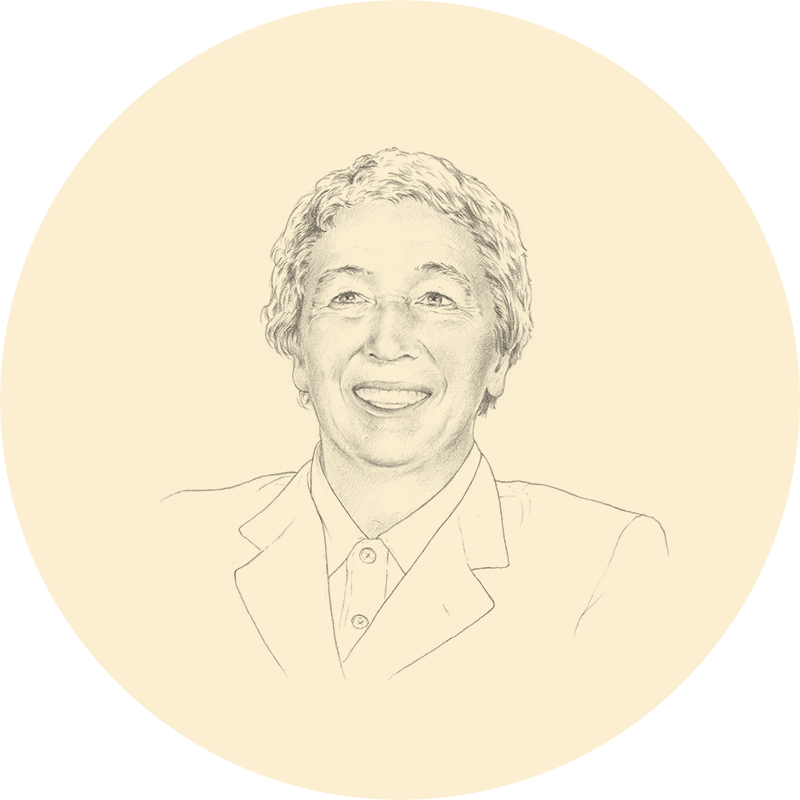This was the curious, strong-willed spirit with which you met the challenge of the competition for the regeneration of the Gare d’Orsay in Paris. And you were the winner. Six years of expeditious work, from the competition to the opening. No one can go to Paris today without making a stop at your museum of French Impressionism. From that day on you had countless international successes: the renovation of Palazzo Grassi in Venice, the National Art Museum of Catalonia in Barcelona, the Asian Art Museum of San Francisco, the Italian Cultural Institute in Tokyo.
There is a photograph that shows you from behind, deep in the worksite of the Gare d’Orsay. You are holding hands with a little girl with a red coat, red like the helmets you are wearing. Red, like the spatial installation you designed for the exhibition curated by Emilio Ambasz in New York, like the pillars of the canopies of Piazzale Cadorna, like the façades of the airport of Perugia. An “Aulenti red.” In point of fact, that photographic defuses the idea of a public part and a private one, of la Gae on the one hand and l’architetto Aulenti on the other. That girl is your granddaughter Nina, now an architect like you, and the devoted curator of the archives of your studio. On that chilly morning you were acquainting her with the magic of the worksite. In that image, you demonstrate that the magical door of your home does not divide two spaces, but unites them. You were always there, always yourself, on both sides. Because you were your work, always.
You brought your human relationships, your affections, into the profession, and the world you encountered grew layer upon layer inside your home. Gae the designer was there, in the prototypes of lamps, tables, chairs in your spaces; Gae the traveler was there, in the enormous rug by Lichtenstein purchased in New York and hung on the wall like a tapestry; Gae the theater lover was there, in the Premio Ubu by Alighiero Boetti, as was the designer of museums, in the rose window of Musée d’Orsay. And then sculptures by Melotti, reproductions of Oldenburg, an ostrich egg from the exhibition of Palazzo Grassi. A sort of elegant, erudite Wunderkammer in the heart of Brera. The house is a burrow, you wrote. A not necessarily peaceful shelter, because it is the place “where we come to terms with ourselves. The house is simultaneously reassuring and frightening.” A place where introspection and knowledge are constantly face to face.
You were like that, and maybe this is why the people of Milan always admired you. I can still see you there, going out on the terrace of your home, cigarette in hand, to watch the city: to the right, your historical past with the church of San Marco, to the left your modern tradition, with the building by Vico Magistretti. And in the background, towards the horizon, the tip of the new skyscraper by Cesar Pelli at Porta Nuova. Where, less than two months after your death, it seemed only natural to name the piazza in your honor. Unforgettable.
